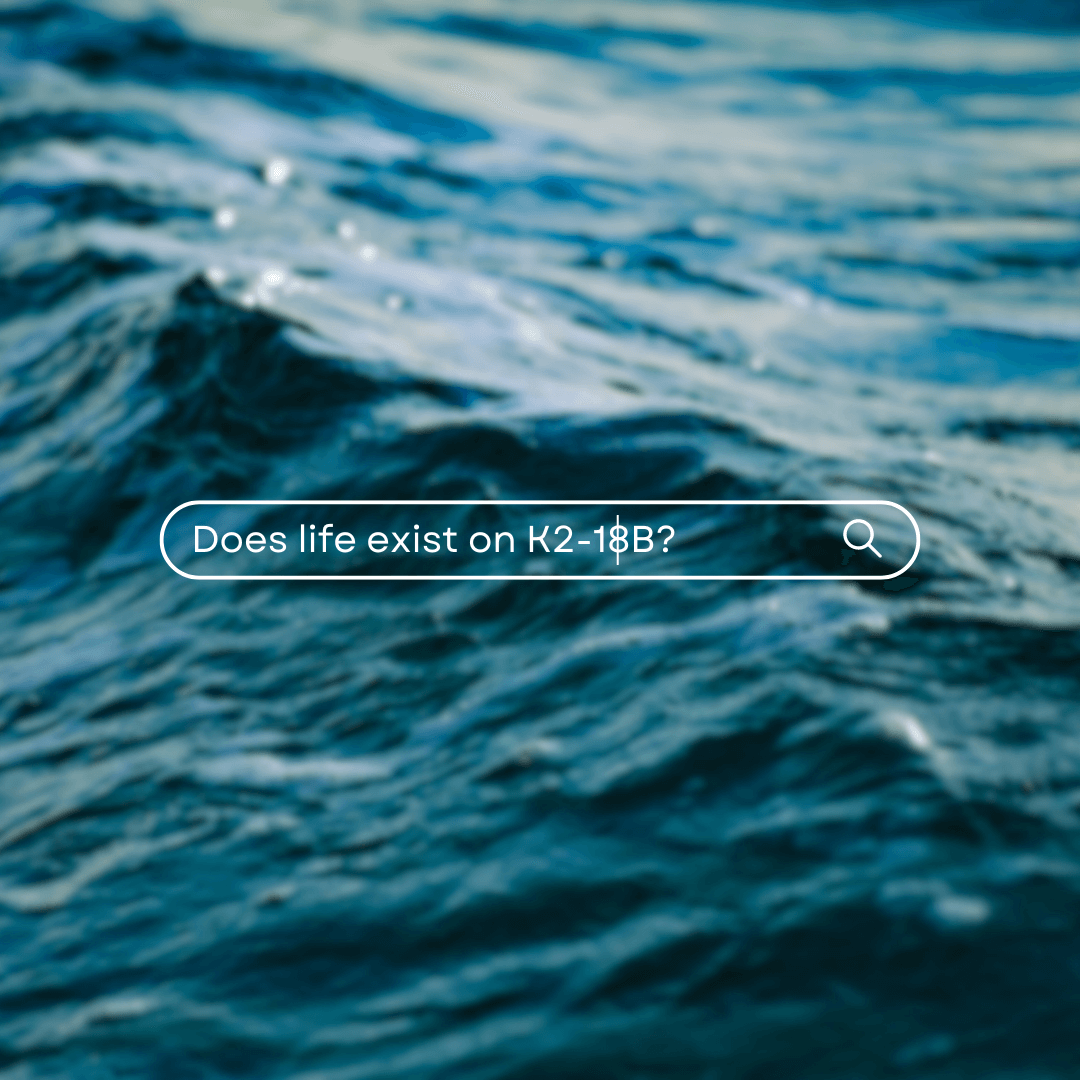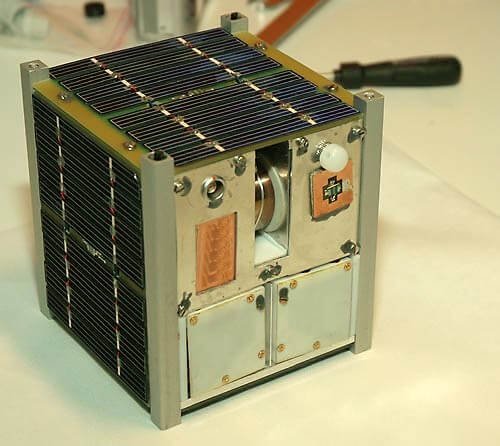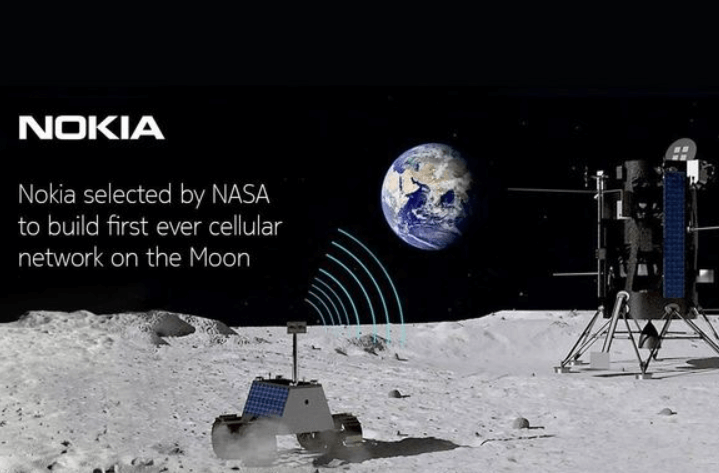K2-18b is an exoplanet which is located about 124 light years away from planet Earth in the Leo constellation. It is smaller than Neptune and has been a subject of intense study since its discovery. The recent findings by the James Webb Telescope have provided great insights about the planet’s atmosphere and the probability of habitability. It gives hope to scientists who are deeply invested in the search of extraterrestrial life.
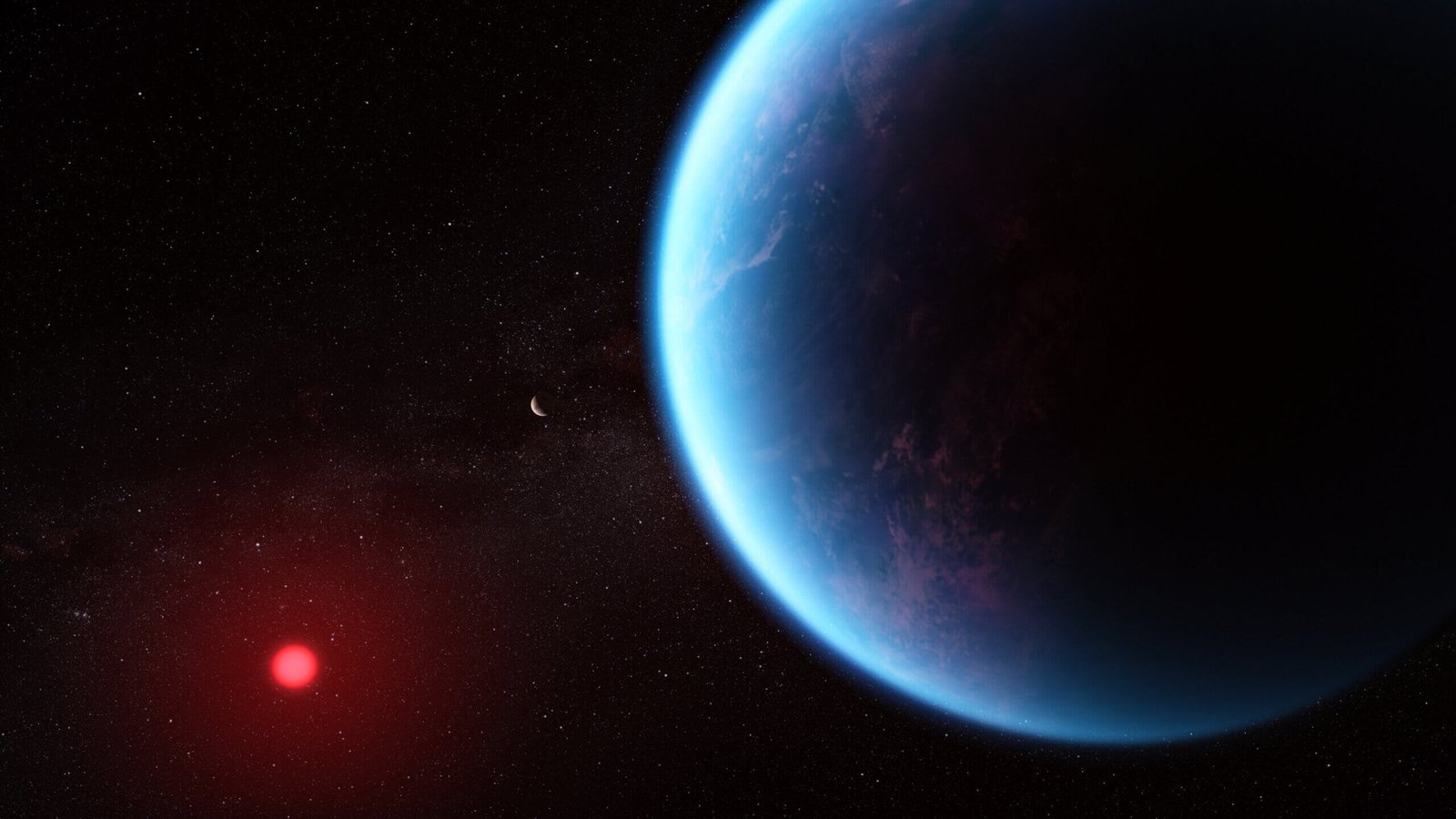
Source : Wikipedia (illustration)
K2-18B and its atmosphere
Recently, JWST has recognized the presence of carbon dioxide (CO2), methane (CH4) and water vapor ( H2O). These are few of the major molecules which suggests chemical processes and potentially habitable conditions. The combination of these three molecules are involved in a variety of biological processes.
Methane is majorly associated with biological processes on Earth, although it can be prepared under certain chemical conditions. This is a huge turning point in the search of extra terrestrial life as this combination has the ability to increase the chance of habitability. Scientists have been working on these researches to find the potential biological activity on the planet K2-18B.
Detection of DiMethyl Sulphide (DMS)
JWST has recently discovered the presence of Dimethyl sulphide. On Earth, DMS is primarily prepared by phytoplankton, an organism which is responsible for bioluminescence and microscopic marine organisms. This indicates a possibility of water and aquatic life. While there are no conclusions made, the proofs make it more compatible for life-hosting environments.
Habitability Potential
The location of the planet K2-18b around its star is at the right place where it can support habitability. It orbits around it where the region is suitable for liquid water to exist. Its size and density gives a hint of a rocky and an ocean covered surface. The discovery of water vapor in its atmosphere gives us a hint of liquid water, which is a crucial element for life.
The atmosphere is rich in Hydrogen, which is typical for exoplanets. However, the combination of methane , carbon dioxide and water vapour and their proportions raise a concern for potential habitability.
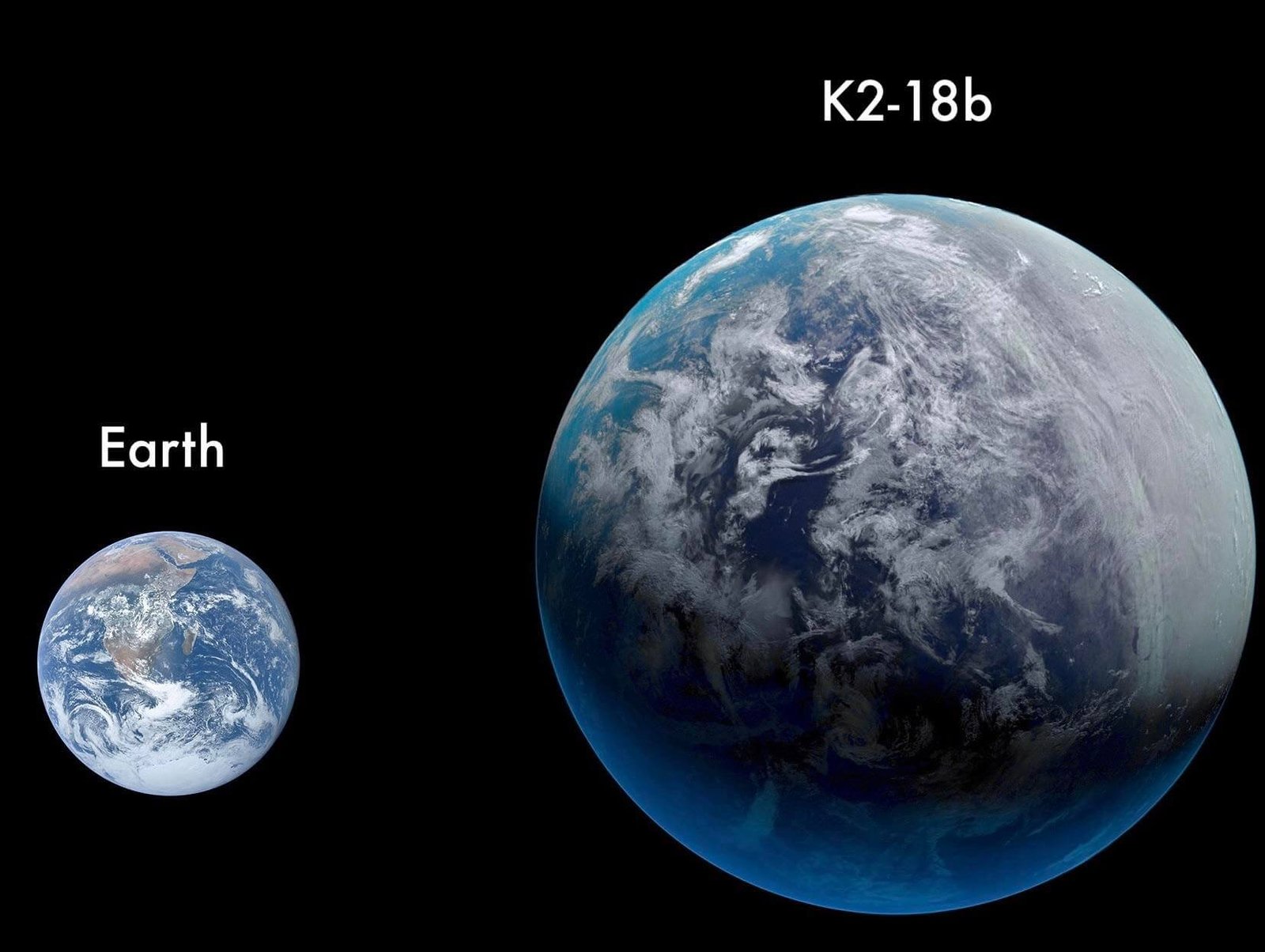
Future prospects and Studies
The recent discoveries has brought a great twist and turn in the search for extra-terrestrial life. Scientists have been working on this to confirm the findings and there’s an intense research about habitability. Further researches are being held to study more about the planet’s atmosphere and environment. Observations by JWST will play a major part in the discovery. Few more missions are being planned to collect further data for the research.
These discoveries by JWST take us one step closer towards the quest for extra-terrestrial life. It paves way for us to study more about exoplanets and their characteristics.
Conclusion
Even though, JWST continues to search for extra-terrestrial life and planets suitable for habitability, remember than planet B doesn’t exist still. Protect planet Earth and invest in science or a good cause.
the planet K2-18B has shown a possibility of life beyond Earth more promising the ever. As we continue to search for life, the dream of discovering it is close to reality.
Frequently Asked Questions (FAQs)
1.Is K2-18b a real planet?
K2-18 b is a super Earth exoplanet that orbits an M-type star. Its mass is 8.92 Earths, it takes 32.9 days to complete one orbit of its star, and is 0.1429 AU from its star. Its discovery was announced in 2015.
2. Is K2-18b all water?
Exoplanet K2-18b made headlines when researchers reported that JWST observations of the planet were consistent with a habitable ocean world. Now, another team has published a different interpretation of the data, suggesting that the water world is instead a gas-rich planet with no habitable surface.
3. What is K2-18 b recently seen in news?
Preliminary data from NASA’s James Webb Space Telescope (JWST) suggests a more than 50% likelihood of dimethyl sulfide (DMS) gas on the exoplanet K2-18b. However, further analysis is required before a definitive conclusion can be reached.
4.How long is a year on K2-18b?
33 days
5. Does the planet K2-18B has gravity?
Yes, it has gravity. 11.52m/s2

